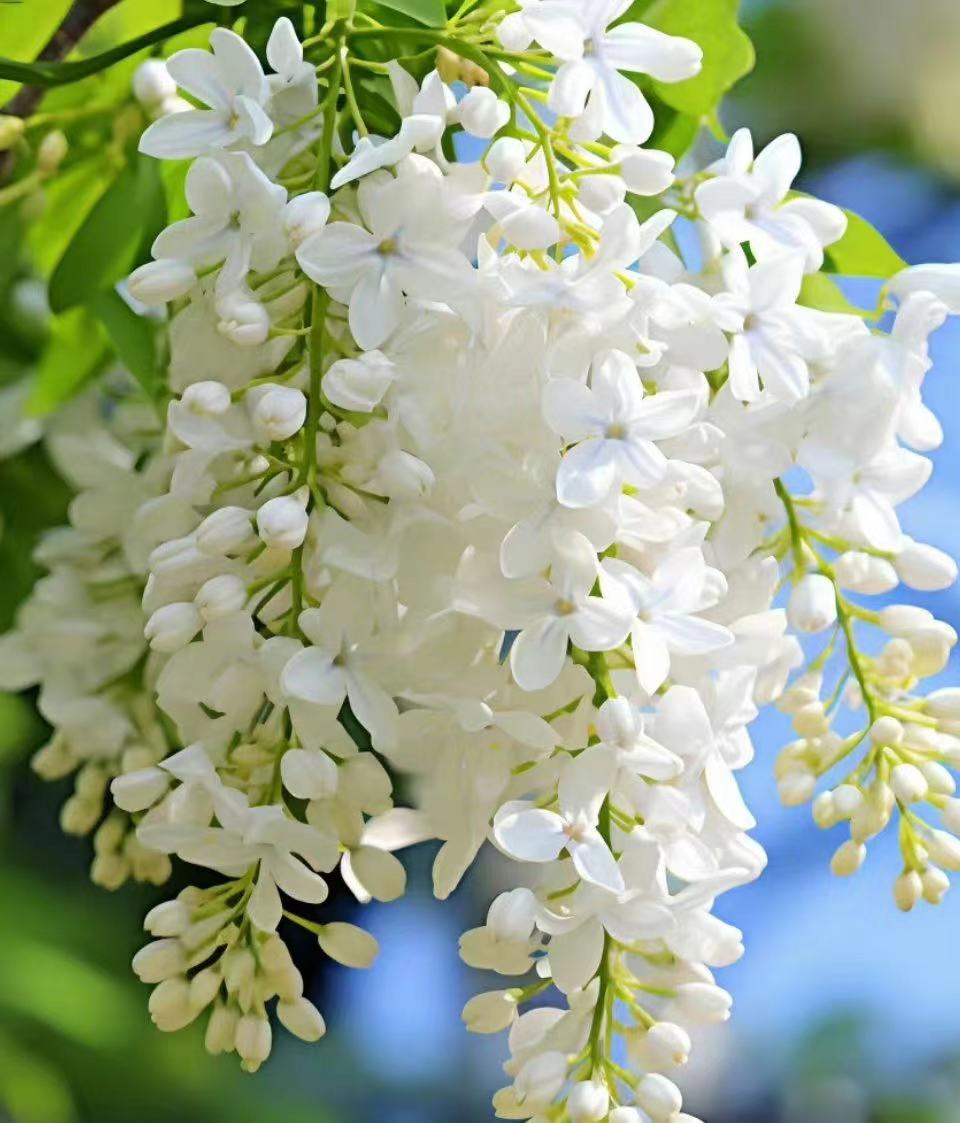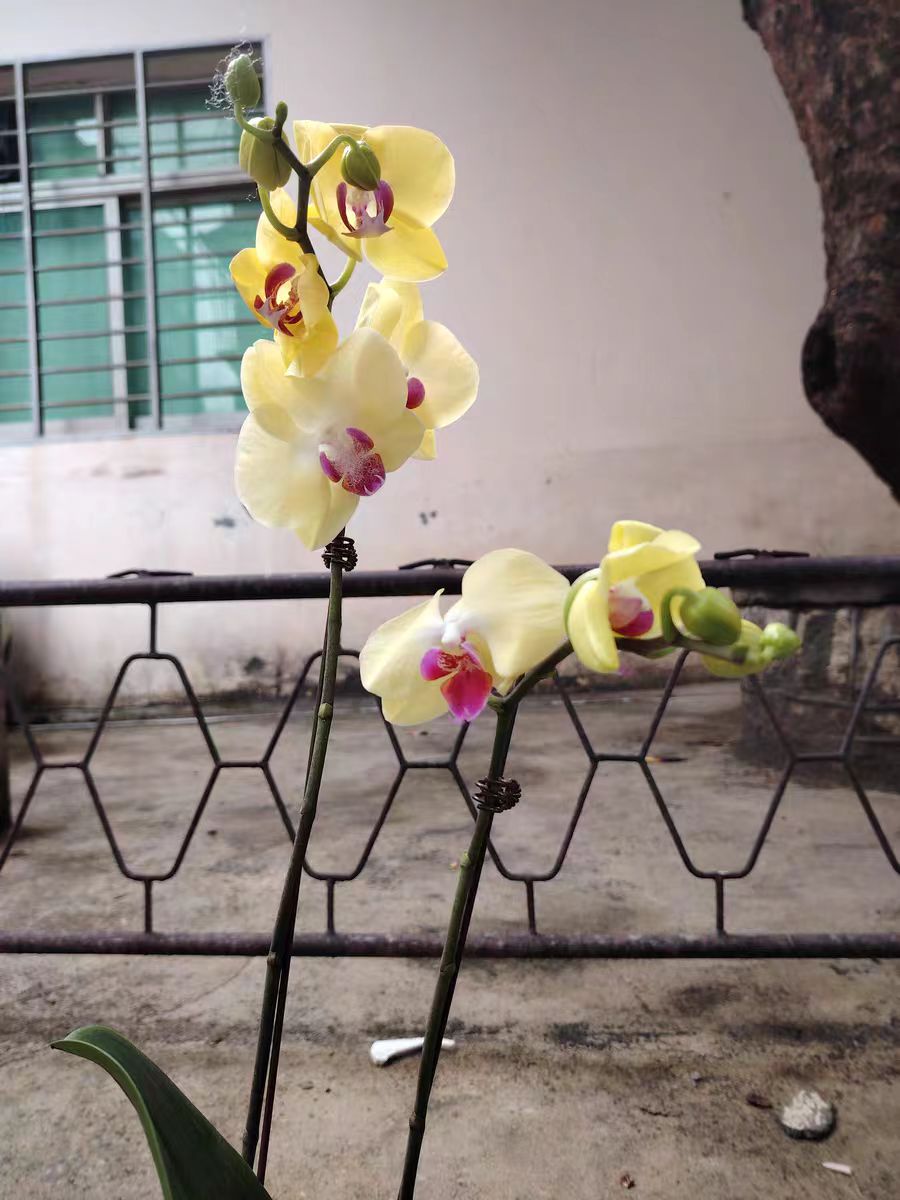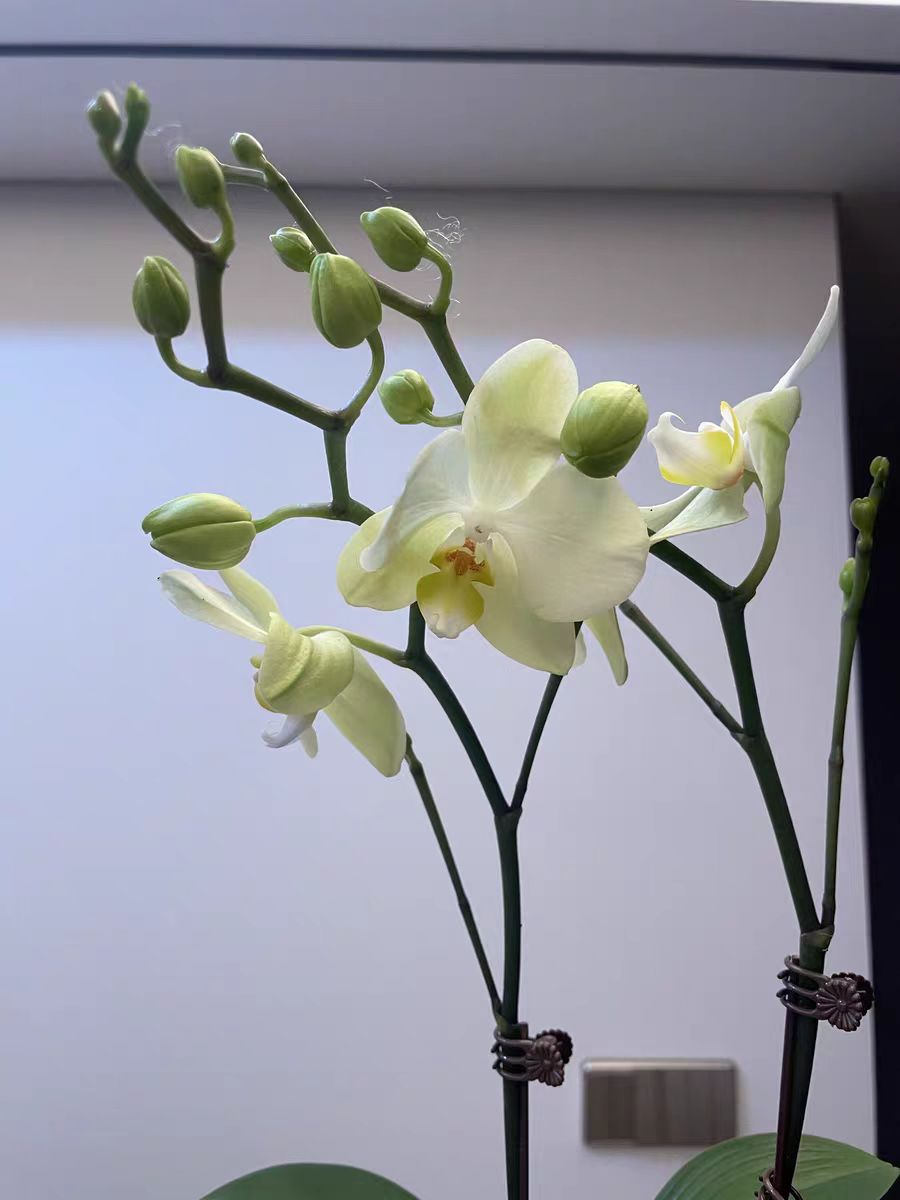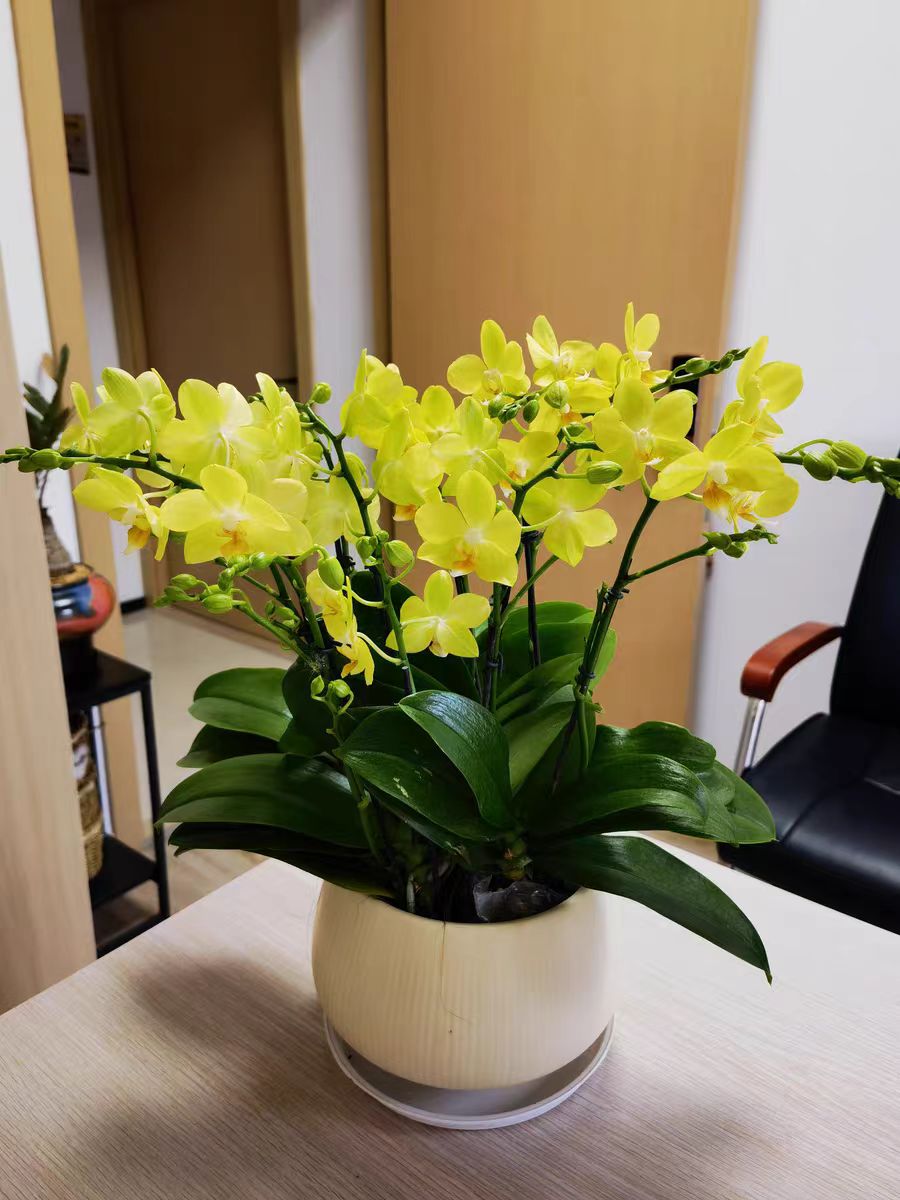When cultivating flowers, which flowers cannot be grown together? The coexistence among flowers is not always harmonious, and some combinations may have adverse effects on each other. For instance, the growth habits of some flowers are quite different, with huge differences in the requirements for light, water and soil nutrients. Some flowers release special chemicals that inhibit the growth of surrounding flowers.
Firstly, the two common flowers, roses and lilies, are not suitable to be grown together. Roses love sunlight and require sufficient light and good ventilation conditions, while lilies are relatively shade-tolerant and have less demanding requirements for light intensity. Placing them together, the difference in light requirements can easily lead to poor growth of one party. Moreover, roses grow vigorously with developed root systems and have a strong ability to absorb soil nutrients and water. This may affect the lily's access to sufficient nutrients and water, thereby affecting the normal growth and flowering of the lily.
Secondly, hydrangeas and jasmine are also not suitable for common cultivation. Hydrangeas prefer a humid environment and have high requirements for soil moisture and air humidity. However, jasmine is relatively drought-tolerant, and excessive moisture may cause root rot in jasmine. Also, jasmine has specific requirements for the soil pH, while hydrangeas often need to adjust the soil pH to maintain their flower colors. There is a conflict in the soil environment requirements between these two flowers.
Hyacinths and tulips are also not recommended to be placed together. The strong fragrance of hyacinths may have an inhibitory effect on the growth of tulips. At the same time, they have differences in the growth cycle, dormant period and adaptation to temperature. The flowering period of hyacinths is earlier and the dormant period is also relatively earlier, while the flowering period and dormant period of tulips are not synchronized with those of hyacinths. Common cultivation may increase the difficulty and complexity of maintenance.
Lilacs and daffodils are also not recommended to be placed together. Lilacs prefer an environment with sufficient sunlight, warmth and good ventilation. They need sufficient light for photosynthesis to support their growth and flowering. Daffodils, on the other hand, prefer a semi-shady and humid environment, and excessive direct sunlight may have an adverse effect on their growth. Secondly, in terms of water and soil conditions, lilacs adapt to well-drained and relatively dry soil environments. Excessive moisture can easily lead to root rot. Daffodils require sufficient water and are usually cultivated by hydroponics or in moist soil. From the perspective of the physiological characteristics of plants, the smell and chemicals released by lilacs may have an inhibitory effect on the growth of daffodils, and vice versa.
During the maintenance process of flowers, fully understand the growth habits and requirements of different flowers and avoid growing inappropriate flowers together.
Which flowers cannot be grown together? Flowers that cannot be planted together

Share with
Tagged in :




Leave a Reply